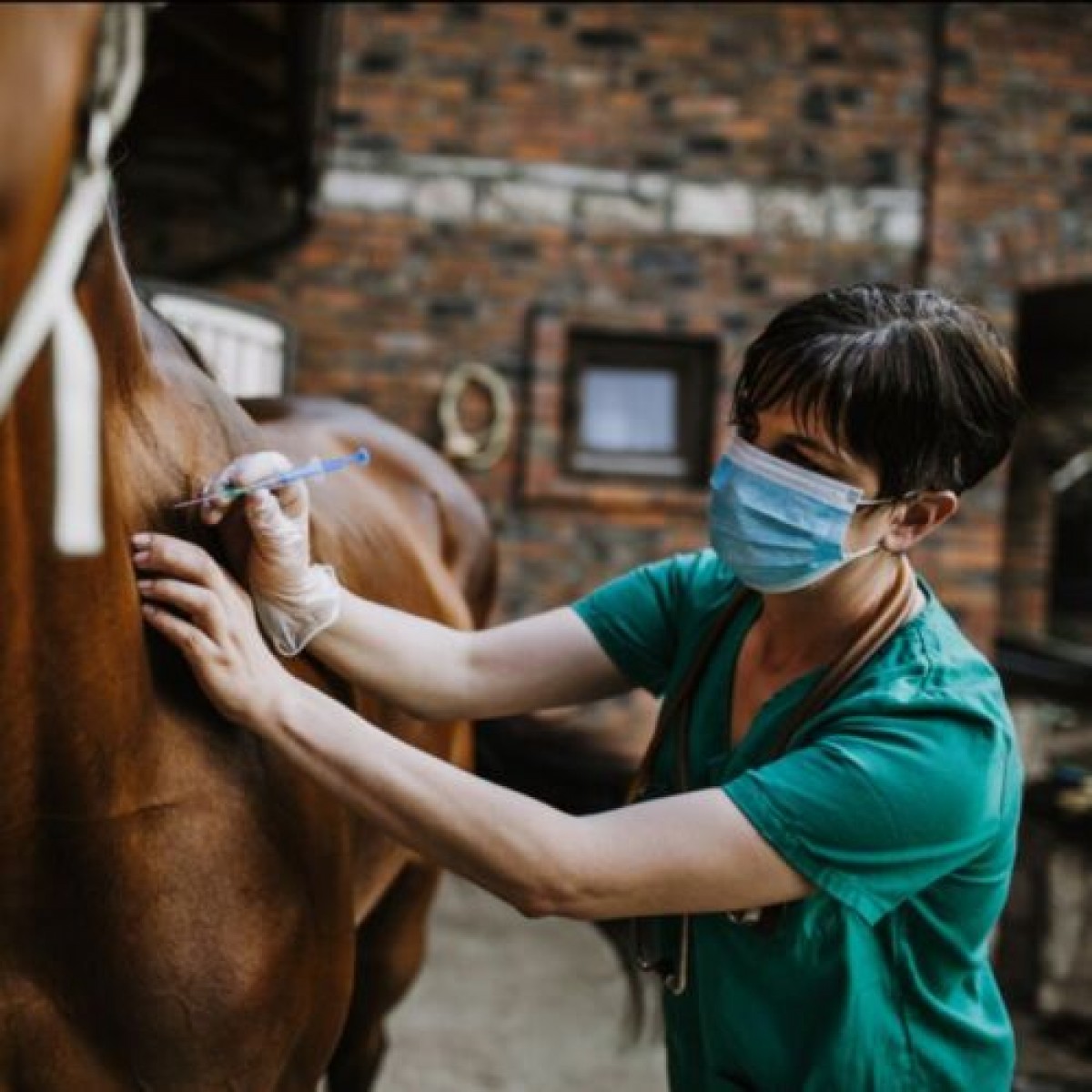Two Spanish veterinarians participate in the world's largest study of anesthetic mortality in horses
The professor of Anesthesiology at the Veterinary Faculty of the CEU Cardenal Herrera University (CEU UCH) of Valencia, José Ignacio Redondo García, and Dr. Miguel Gozalo-Marcilla, project leader and professor of equine anesthesia at the Royal (Dick) School of Veterinary Studies at the University of Edinburgh, are two of the five experts who develop the international project on equine anesthetic mortality CEPEF4 (Confidential Inquiry into Perioperative Equine Fatalities). A study that in just seven months has managed to collect data from more than 10,000 anesthetics from 70 equine clinical centers on four continents. This multicenter study will make it possible to identify the causes of mortality related to anesthesia in horses, whose international average, described 20 years ago in CEPEF2, is 1.9%, much higher than that observed in dogs, cats or humans.
According to the CEU UCH professor José Ignacio Redondo, “in the last 20 years, there have been great advances in scientific knowledge and technology applied to equine anesthesia, but its impact on improving clinical practice is still unknown. to make it more and more secure ”.
70 centers, 20 countries, 4 continents
Referred cases come from prestigious university veterinary hospitals and top-level referral centers in 20 countries and four continents. Those from Belgium, the United Kingdom, Ireland, France, Australia, Switzerland, and Spain stand out in terms of many cases. Centers in Japan, the United States, Canada, Argentina, Uruguay, Chile, or Australia also collaborate. This high participation has made it possible to reach 10,000 cases. In the first edition of the study, CEPEF1, published in 1995, took three years to reach this same figure.
Professor Redondo, from CEU UCH, highlights CEPEF4: “This project is open to the collaboration of all hospitals and clinical veterinarians who want to contribute to making equine anesthesia increasingly safer. The key to the success of a project of these characteristics is to recruit the maximum number of centers and cases to use advanced statistical techniques that allow the maximum amount of information to be extracted. As an additional benefit, the collaborating centers receive personalized reports that allow them to improve their clinical practice ”.
Multicenter methodology and Big Data
"The key to success in data collection is in the use of new technologies applied to multicenter research projects," adds Redondo. In this edition of the CEPEF4 study, they have applied the methodology developed by this CEU UCH professor, which he has applied successfully for years in his studies of anesthetic mortality in dogs and cats. Thus, the collaborating centers can register the anesthesia they perform from anywhere globally using a digital form that can be filled in from any device connected to the internet: a mobile phone, a tablet, or a computer. At the end of anesthesia, the records are automatically sent by email to a database, where they are analyzed in real-time with machine learning and Big Data techniques.
International team
In addition to the two Spanish veterinarians, the research team for this ambitious international project comprises Dr. Mark Johnston, lead author of the first three editions of CEPEF and currently director of Vetstream, together with the world-renowned specialist in equine anesthesia, Polly. M. Taylor and Professor and Head of the Veterinary Anesthesiology Service at the University of Zurich, Dr. Regula Bettschart-Wolfensberger.
The CEPEF4 Project was presented a year ago at the Spring Meeting 2020 of the Association of Veterinary Anesthetists (AVA), held in Dublin. This association, which brings together specialists in veterinary anesthesia in Europe, supported this project by granting it the Kate Borer-Weir Memorial Fund. CEPEF4 has also been presented to the scientific community in the two leading scientific journals in veterinary anesthesia and equine medicine, Veterinary Anesthesia and Analgesia, and The Equine Veterinary Journal, respectively.
More information about this research, preliminary results, and how to participate on the CEPEF4 project website.














List
Add
Please enter a comment